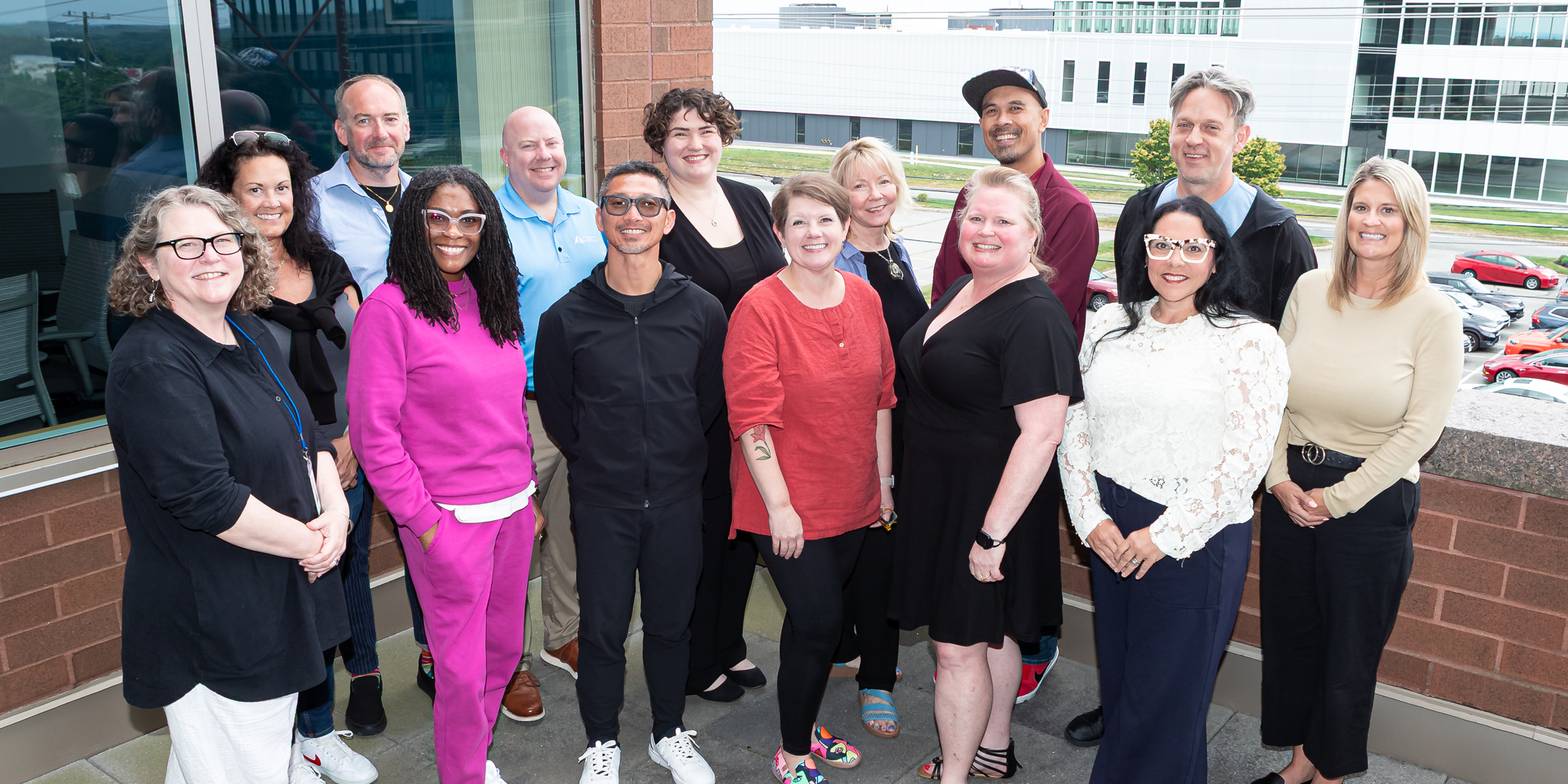EDC Hosts National Meeting for Career Academy Leaders

Late in June, EDC welcomed 14 leaders of high school career academies to discuss the challenge of recruiting people from industry to become teachers. By the time they left, each participant had a strategic plan to address this challenge in their school.
The two-day meeting was part of a pilot program from EDC and the National Career Academy Coalition (NCAC) that focused on a specific design challenge: recruiting and retaining career and technical education (CTE) teachers in career academies.
The participants, who represented schools from seven states, had all previously graduated from the Career Academy Leaders’ Collaborative (CALC) Fellows program. The one-year program helps education leaders—including administrators, superintendents, and teacher leaders—and business and community partners gain leadership and management skills that strengthen career academies. Since 2017, the program has graduated over 300 fellows.
EDC project director Jessica Juliuson, who leads the CALC program in partnership with NCAC, describes the event as part meeting, part interactive design session.
“We used a pilot process where they’re essentially designing solutions for systems change around one particular problem, and in this case, it’s recruitment and retention for career and technical education teachers,” Juliuson says.
Career academies occupy an important place in the American high school landscape. According to NCAC, there are approximately 7,000 career academies in the United States, enrolling an estimated 1 million students. These schools prepare students for both college and careers and work to build partnerships with local industries to support instruction and foster career connections.
Because of their workforce connections, career academies have a great need for teachers who have worked in industry. But there are often significant structural barriers that prevent potential educators from leaving STEM industries for the classroom, including lower pay and limited opportunities for career advancement.
The CALC Fellows discussed many of the challenges to recruiting and retaining educators with industry backgrounds during the workshop. But they also came up with innovative ideas to address some of those challenges.
For example, one group proposed the idea of using a small team equipped with artificial intelligence (AI) to identify and complete some of the administrative tasks that frequently overwhelm new educators—a concept they called “clearing the runway.” Juliuson says that the group adapted the idea from health care settings, where floating teams take care of small, yet important tasks to free up nurses to focus on patient care.
“Teachers are now inundated with increasing numbers of administrative and reporting tasks, too, and so the idea here is that these floating teams can help do some of those things,” says Juliuson. “It’s about looking at ways they can use to clear the decks for teachers so they’re not having to spend their time on things that aren’t instruction or supporting students.”
As a next step, each CALC Fellow will begin testing their idea in a school setting this fall, gathering feedback from potential users. They will share findings at the group’s next meeting in September.
“The group’s ideas reflect innovative solutions that might help improve teacher recruitment and retention,” says Juliuson. “It’s an urgent issue that these schools need to address, and this is the right group to be addressing it.”






